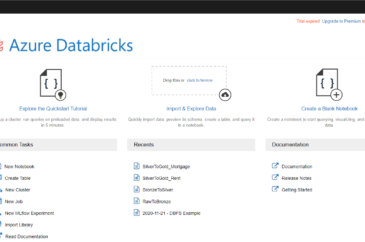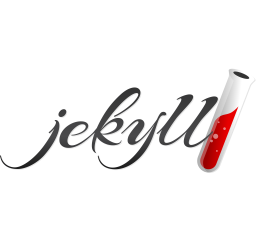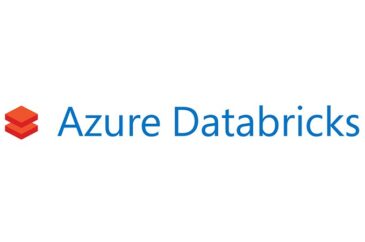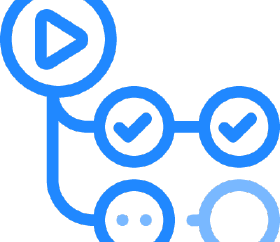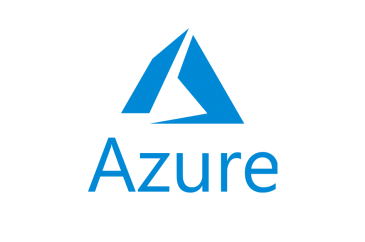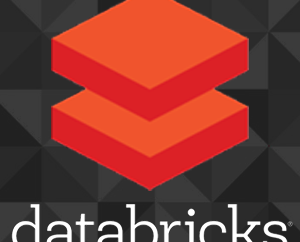
Azure Databricks Series - Part 4
Databricks Clusters
This is a continuation of my series of posts on Databricks where we most recently reviewed the Workspace & Notebooks. Now let’s get more familiar with the concept of clusters. Clusters Databricks breaks clusters into multiple categories: All-Purpose Clusters Job Clusters Pools Spark clusters consist of a single driver node and multiple worker nodes. The…
